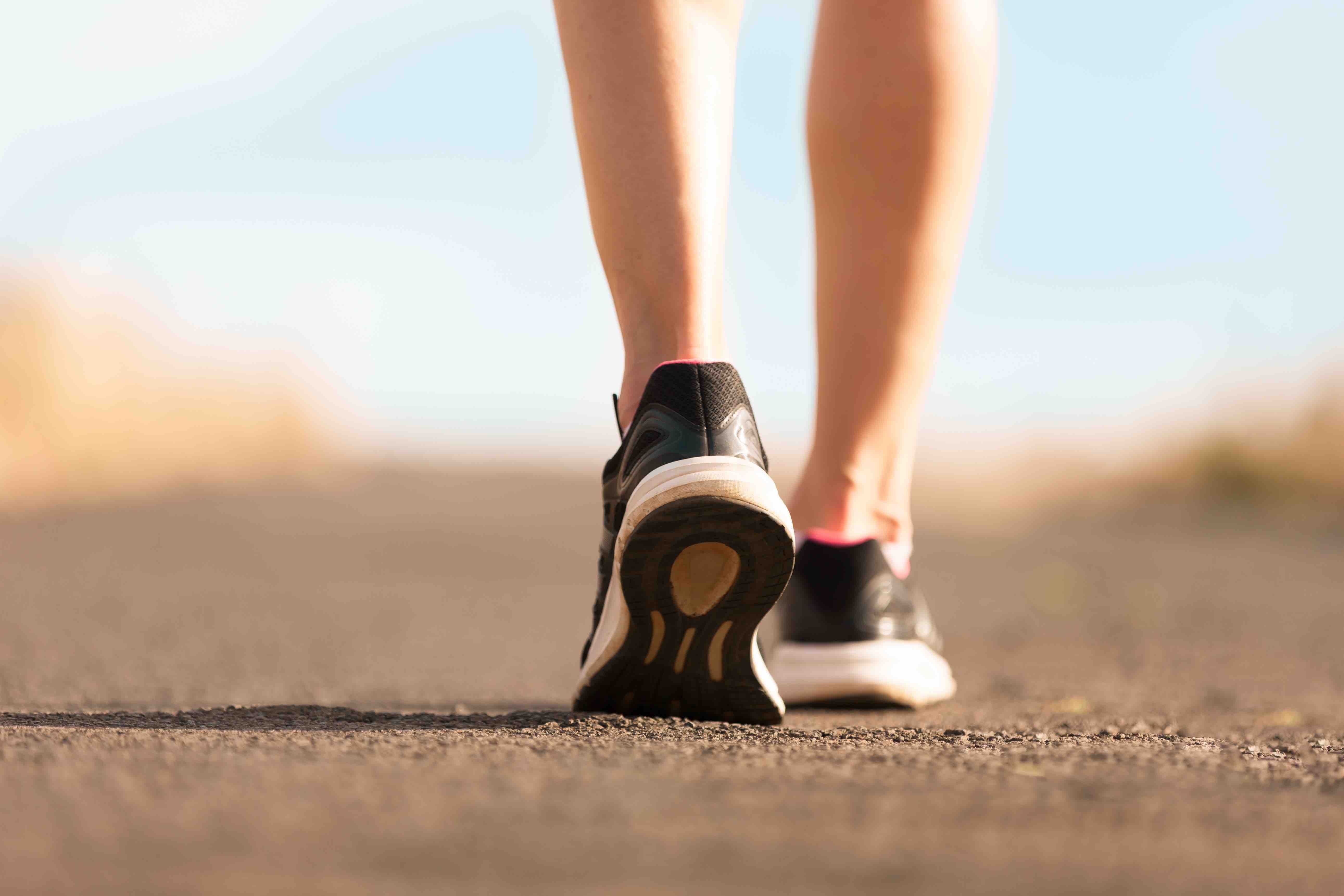- Center on Health Equity & Access
- Clinical
- Health Care Cost
- Health Care Delivery
- Insurance
- Policy
- Technology
- Value-Based Care
Analysis of Sleep, Exercise, and Symptoms Recommended for Optimal Myasthenia Gravis Care
For some patients with myasthenia gravis (MG), activity and sleep were associated with reported fatigue and symptom levels.
Physical activity and sleep were associated with self-reported symptoms and fatigue for patients with myasthenia gravis.
Image Credit: kieferpix - stock.adobe.com

Physical activity and sleep were associated with self-reported symptoms and fatigue for patients with myasthenia gravis (MG) within a cohort model, but the association did not consistently hold within individual models, according to a study in Muscle & Nerve.1
“This demonstrates the importance of an individualized analysis for determining how physical activity and sleep may impact outcomes in MG, with implications for clinical and self-management,” the authors wrote.
Among 16 participants at the University of Calgary with generalized MG, higher disease severity, female sex, more comorbidities, less physical activity, more inactive time, and lower quantity of sleep were significantly associated with increased symptom severity and fatigue (P < .05) in a cohort analysis model. However, when the analysis shifted to a within-participant scaled model, there were almost no significant associations with physical activity or sleep. The individual models showed mixed results; some participants had similar results to the cohort model, while others showed no associations or the opposite response in some variables.
The results were unsurprising given the condition's heterogeneity, the authors stated.
Participants wore a wrist-mounted accelerometer continuously for the study duration and reported their symptoms and fatigue each evening. All participants were able to walk 3 blocks independently. Patients were excluded from the study if they had a diagnosis of ocular-only MG, needed to use a gait aid for all ambulation, or were pregnant.
No significant differences were observed between baseline and end for Myasthenia Gravis Activities of Daily Living (MG-ADL) 22 (P = .68) or the Myasthenia Gravis Quality of Life-15-Revised (MG-QoL15r) 23 (P = .27). Four participants showed a significant difference (3 decreased, 1 increased) in the MG-ADL and 7 showed a significant difference (5 decreased, 2 increased) in the MG-QoL15r.
The cohort-level results are consistent with previous studies that found that fatigue is related to sex, disease severity, and comorbidities. In a Danish study of 779 patients with MG, web-based surveys revealed a positive association between higher general and physical fatigue with lower physical activity (P < .01).2
The researchers hypothesized that patients who exercise and sleep more may have a lower total symptom burden but may make significant adjustments during symptom flares.1 In contrast, patients with a higher but more consistent symptom burden may be more likely to create and maintain sleep and activity routines.
“Adjustments such as these are likely highly individualized and may be impacted by additional factors, such as social support and psychological factors,” the authors wrote.
Existing studies have shown that while MG patients typically believe that exercise helps manage symptoms, their individualized exercise strategies may lead to muscle weakness and fatigue, according to the study. The authors suggested that future studies should investigate the impact of these individualized exercise decisions and to what extent rest or deciding to continue to exercise may affect the duration of worsened symptoms.
A lack of strategies to help control unpredictable symptom fluctuations is one of the main quality-of-life-related concerns reported by patients with MG, which often leads to anxiety, according to the study.
“While in general, individuals who perform more physical activity report less fatigue, days that an individual performs more physical activity than average are not necessarily associated with lower fatigue,” the authors wrote. “Practically, this is an important context when developing recommendations on exercise intervention and which modifiable factors may be suggested as targets for change."
References
1. Dimmick HL, Jewett G, Korngut LW, Ferber R. Longitudinal relationships between free-living activities, fatigue, and symptom severity in myasthenia gravis using cohort and individualized models. Muscle Nerve. 2024. doi: 10.1002/mus.28282
2. Andersen LK, Aadahl M, Vissing J. Fatigue. Physical activity and associated factors in 779 patients with myasthenia gravis. Neuromuscul Disord. 2021; 31: 716-725. doi:10.1016/j.nmd.2021.05.007
